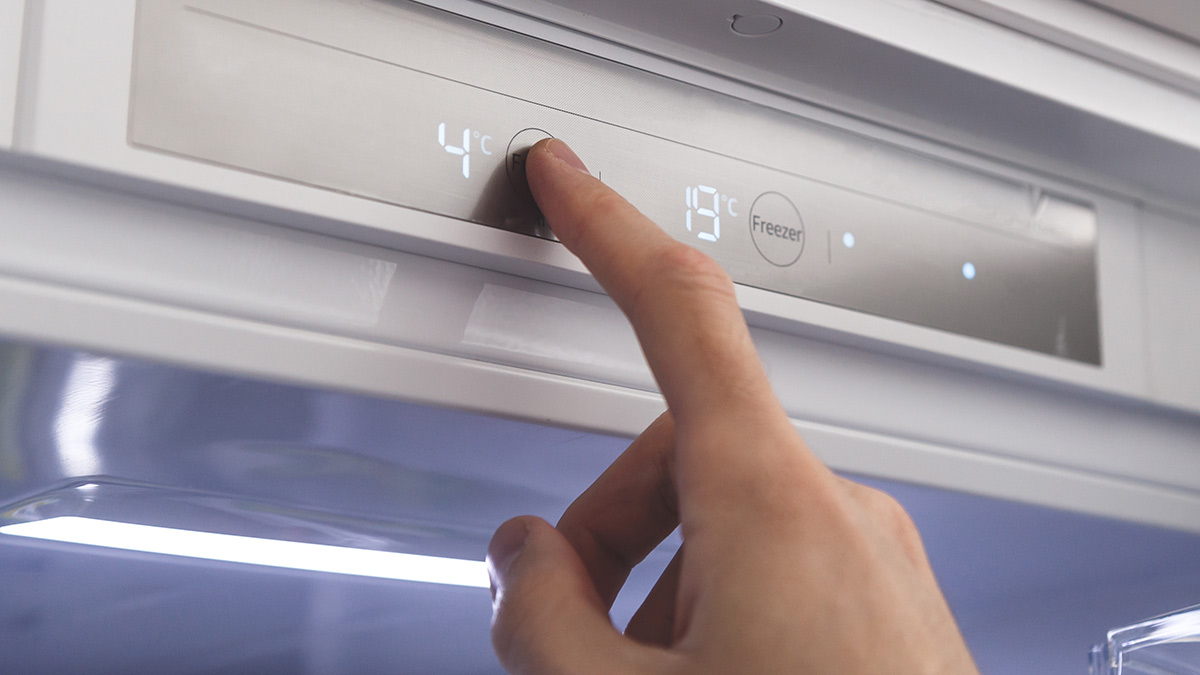

Articles
How Long Does It Take For Freezer To Get Cold
Modified: May 6, 2024
Discover how long it takes for a freezer to get cold in this informative article. Learn about the factors that affect cooling time and find out how to optimize your freezer's performance.
(Many of the links in this article redirect to a specific reviewed product. Your purchase of these products through affiliate links helps to generate commission for Storables.com, at no extra cost. Learn more)
Introduction
When it comes to preserving the freshness of our food and extending its shelf life, the freezer is a trusty appliance that plays a crucial role. Whether you’re storing meats, vegetables, or leftovers, a freezer is designed to keep your food items at a safe and optimal temperature to prevent spoilage.
One common question that often arises is: How long does it take for a freezer to get cold? The answer to this question depends on various factors, including the type of freezer, the initial temperature, and the surrounding environment. In this article, we will delve into the intricacies of freezer cooling times and explore tips to expedite the process.
Key Takeaways:
- Understanding the factors affecting freezer cooling time, such as initial temperature and size, helps manage expectations and optimize food storage efficiency.
- Implementing tips like pre-cooling items and utilizing shallow containers can significantly reduce freezer cooling time, ensuring safe and high-quality food storage.
Understanding the Freezer
Before diving into the specifics of cooling time, let’s first understand how a freezer works. A freezer is essentially a tightly sealed compartment that uses a refrigeration system to remove heat and maintain a low temperature. It consists of a compressor, condenser, evaporator, and refrigerant, all working together to create a controlled environment for freezing and storing food.
Most freezers operate at temperatures below 0 degrees Fahrenheit (-18 degrees Celsius), which helps to slow down the growth of microorganisms and preserve the quality of food. The cooling process begins when the compressor compresses the refrigerant gas, causing it to become hot and release heat in the condenser. The refrigerant then moves into the evaporator, where it expands, absorbs heat from the food items, and turns back into a gas, thus cooling the air inside the freezer.
It’s important to note that the cooling time of a freezer may vary depending on factors such as the size, make, and model. Additionally, factors such as the freezer’s location, maintenance, and load capacity can also impact its cooling efficiency. Now that we have a basic understanding of how a freezer works, let’s dive into the factors that can affect its cooling time.
Factors Affecting Cooling Time
Several factors can influence the cooling time of a freezer. It’s important to be aware of these factors to understand why the cooling time of a freezer may vary from one situation to another. Here are some key factors to consider:
- Initial Temperature: The starting temperature of the freezer plays a significant role in determining how long it takes for the freezer to reach its desired cold temperature. If the freezer is already at a relatively low temperature, it may take less time to cool further. On the other hand, if the freezer is at room temperature or has been recently defrosted, it may take longer to cool down.
- Size and Capacity: The size and capacity of the freezer can also impact its cooling time. Larger freezers typically have more space to cool and may take longer to reach the desired temperature compared to smaller ones. Additionally, if the freezer is heavily loaded with items, it can obstruct the airflow and slow down the cooling process.
- Location and Surrounding Environment: The location of the freezer within your home or kitchen can affect its cooling efficiency. Freezers placed in areas exposed to direct sunlight or near heat-generating appliances may have to work harder to maintain the desired temperature, leading to longer cooling times.
- Energy Efficiency: The energy efficiency of the freezer can play a role in cooling time. Energy-efficient models are designed to cool more quickly and maintain a consistent temperature, reducing the overall time required to reach the desired coldness.
- Door Usage: Every time you open the freezer door, warm air from the surrounding environment enters, causing the temperature inside to rise. Frequent door usage can prolong the cooling process as the freezer works to bring the temperature back down. It’s essential to limit door openings and ensure a tight seal to optimize cooling efficiency.
These factors should be taken into consideration when assessing the cooling time of a freezer. Understanding these variables will help you manage your expectations and make adjustments as necessary.
Initial Cooling Period
After setting up a new freezer or restarting a defrosted one, it will go through an initial cooling period. During this time, the freezer works to attain its desired temperature and stabilize its internal environment. The duration of the initial cooling period can vary depending on factors such as the model, size, and initial temperature of the freezer.
Typically, it can take anywhere from 4 to 24 hours for a freezer to cool down and reach its optimal temperature. However, it’s important to note that this is just an estimate and the actual cooling time can differ. Larger freezers or those with a higher initial temperature may take longer to cool down, while smaller ones or those already at a relatively low temperature may cool more quickly.
During the initial cooling period, it’s crucial to avoid overloading the freezer with a large amount of food items as it can impede the cooling process. Additionally, it’s recommended to set the freezer temperature to the coldest setting initially to expedite the cooling process. Once the freezer has reached the desired temperature, you can adjust the temperature setting according to your needs.
Monitoring the initial cooling period is essential to ensure that your freezer is functioning properly. You can use a thermometer to regularly check the temperature inside the freezer and make necessary adjustments if needed. Once the freezer has stabilized at its optimal temperature, you can start storing your food items without the risk of spoilage.
Understanding the initial cooling period of a freezer is important to prevent food from being exposed to unsafe temperatures. It’s advisable to follow the manufacturer’s instructions and guidelines specific to your freezer model for the best results during the initial cooling period.
The time it takes for a freezer to get cold can vary depending on factors such as the size of the freezer, the temperature of the room, and the initial temperature of the items being placed inside. However, on average, it can take anywhere from 4 to 24 hours for a freezer to reach its optimal temperature for food storage.
Optimal Cooling Time
Once the initial cooling period is completed, the freezer reaches its desired temperature and is ready to maintain a consistently cold environment. The optimal cooling time refers to the duration required for the freezer to cool down newly added or thawed food items to a safe storage temperature. This timeframe ensures that the food remains fresh and free from bacterial growth.
The optimal cooling time can vary depending on the type and size of the food item being cooled, as well as the temperature at which it was initially stored. Generally, it is recommended to cool hot or cooked food items to a temperature below 40 degrees Fahrenheit (4 degrees Celsius) within two hours. This swift cooling process helps to prevent the growth of harmful bacteria.
For perishable items such as raw meat, poultry, and seafood, it is advisable to cool them to a safe storage temperature within one hour. This is because these items have a higher risk of bacterial contamination and require extra care during the cooling process. Divide large portions into smaller containers, utilize shallow pans, or use an ice bath to expedite the cooling process.
It’s important to note that the optimal cooling time is not just dependent on the freezer itself, but also on the handling and packaging of the food items. Properly sealing and packaging the food in airtight containers or freezer bags can help maintain the desired temperature and prevent freezer burn.
Regularly checking and monitoring the temperature inside your freezer is essential to ensure that it consistently maintains the desired coldness. Use a thermometer to verify that the temperature remains at or below 0 degrees Fahrenheit (-18 degrees Celsius). Regularly defrosting the freezer and cleaning out any ice buildup can also help maintain optimal cooling efficiency.
By following the recommended guidelines for optimal cooling time, you can ensure that your food remains safe and of high quality for an extended period. Proper cooling practices not only prevent foodborne illnesses but also help to preserve the flavor, texture, and nutritional value of your stored food items.
Tips for Faster Cooling
Waiting for a freezer to cool down can be a test of patience, especially when you need to store perishable food items quickly. Fortunately, there are several tips and tricks you can implement to expedite the cooling process. Here are some helpful suggestions for faster cooling:
- Pre-Cool Items: Before placing hot or cooked food items in the freezer, allow them to cool to room temperature first. Putting hot items directly into the freezer can raise the internal temperature and slow down the cooling process.
- Divide and Conquer: Instead of freezing large quantities of food in bulk, consider dividing them into smaller portions. This not only allows for faster cooling but also enables you to thaw and use only what you need in the future.
- Utilize Shallow Containers: When freezing liquids or foods with high water content, using shallow containers or freezer bags can expedite the cooling process. The larger surface area allows for quicker heat transfer, reducing the time required for the items to cool.
- Create an Ice Bath: To rapidly cool down hot food items, you can place the containers in an ice bath. This helps to dissipate heat more quickly and speeds up the cooling process.
- Avoid Overloading: While it may be tempting to fill up the freezer with as many items as possible, overloading can hinder proper airflow and cooling efficiency. Leave enough space between items for cool air to circulate effectively.
- Close the Freezer Door Properly: Ensure that the freezer door is tightly closed at all times. Loose seals or gaps can allow warm air to enter, making the cooling process longer and less efficient.
- Regular Maintenance: Regularly defrosting and cleaning your freezer helps to remove ice buildup and allows the cooling system to work more efficiently. Clean the interior of the freezer and wipe down the coils to improve cooling performance.
- Consider Energy Efficiency: Upgrading to an energy-efficient freezer can offer faster cooling times and reduced energy consumption. Look for freezers with a high Energy Star rating to ensure optimal performance.
Implementing these tips can significantly reduce the cooling time of your freezer, allowing you to store perishable food items quickly and efficiently. By following these suggestions, you can ensure that your food remains safe, fresh, and of the highest quality.
Conclusion
The cooling time of a freezer depends on various factors such as the initial temperature, size, capacity, and surrounding environment. Understanding these factors can help manage expectations and optimize the cooling process for efficient food storage. Additionally, being aware of the optimal cooling time for different types of food items ensures their safety and quality.
While the initial cooling period may take several hours to reach the desired temperature, it is crucial to allow the freezer sufficient time to stabilize. Regular monitoring of the temperature and proper handling of food items during the cooling process are essential to prevent bacterial growth and maintain food freshness.
To expedite the cooling time, implementing tips such as pre-cooling items, using shallow containers, and dividing large quantities can significantly reduce the time required for food to cool. Proper maintenance of the freezer, along with energy-efficient models, can also contribute to faster cooling and optimal performance.
By understanding the intricacies of freezer cooling times and implementing the suggested tips, you can ensure that your freezer operates efficiently, keeping your food items fresh and safe for consumption. Remember to follow manufacturer guidelines, keep the freezer door tightly closed, and regularly check the temperature to maintain optimal cooling conditions.
In conclusion, a well-maintained and properly handled freezer can effectively cool your food items and preserve their quality. By taking the time to understand the factors affecting cooling time and implementing the tips provided, you can optimize the performance of your freezer and confidently store your food for longer periods without compromising freshness or safety.
Excited to keep your groceries in top shape? Dive deeper into the world of refrigerators with our guide on the best options for cold storage next year. Ensure your food stays fresh and safe by mastering freezer temperature settings too. Whether you're upgrading your kitchen or optimizing current appliances, these reads are packed with essential tips and must-know info.
Frequently Asked Questions about How Long Does It Take For Freezer To Get Cold
Was this page helpful?
At Storables.com, we guarantee accurate and reliable information. Our content, validated by Expert Board Contributors, is crafted following stringent Editorial Policies. We're committed to providing you with well-researched, expert-backed insights for all your informational needs.
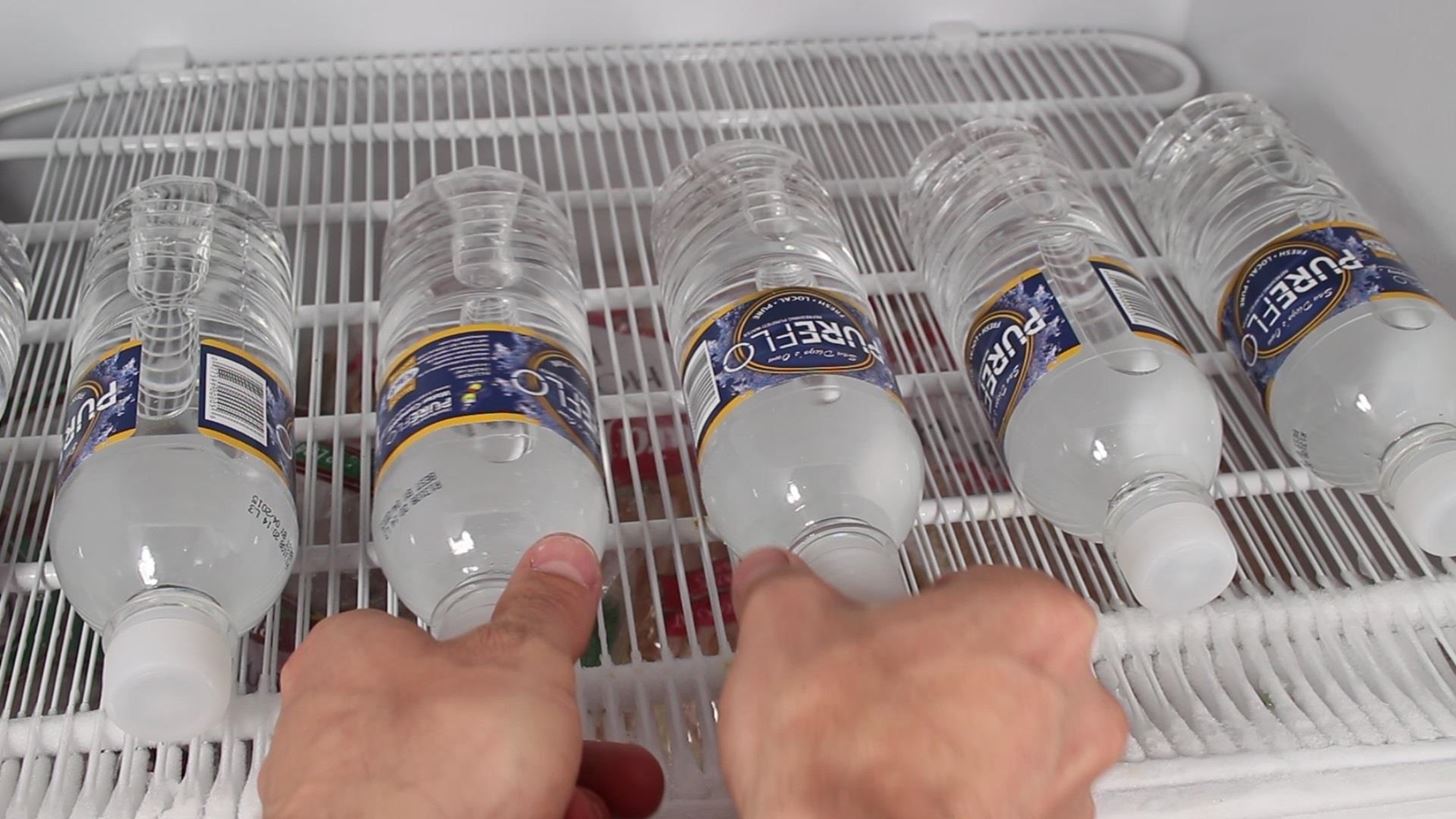
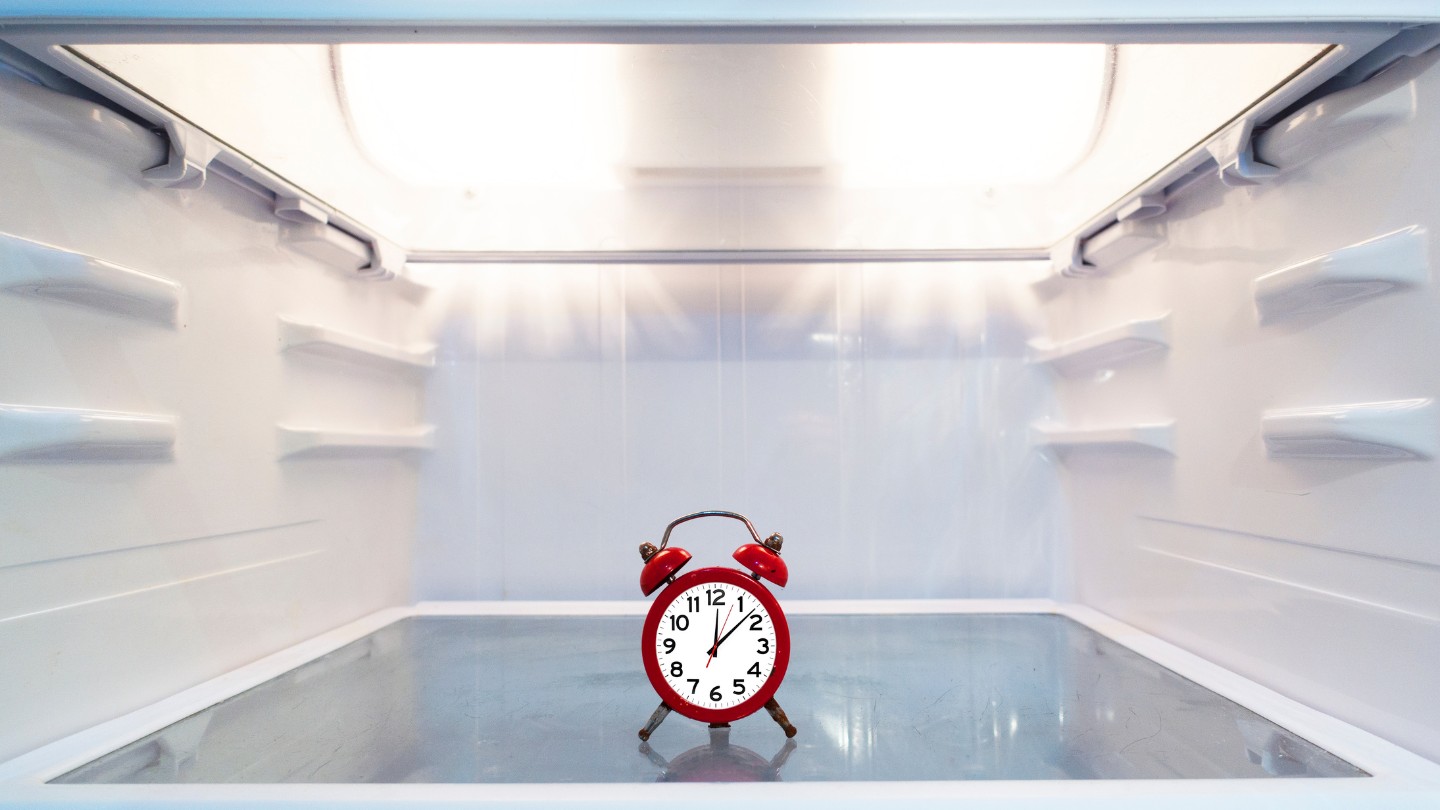
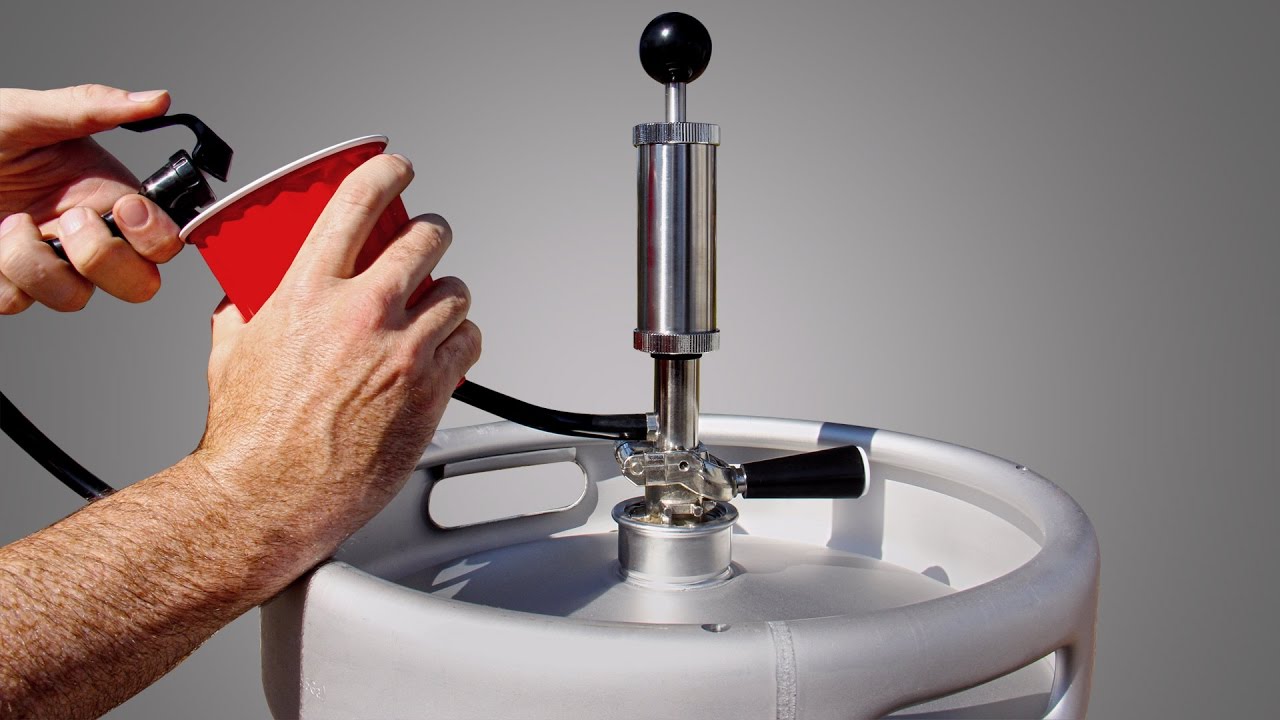
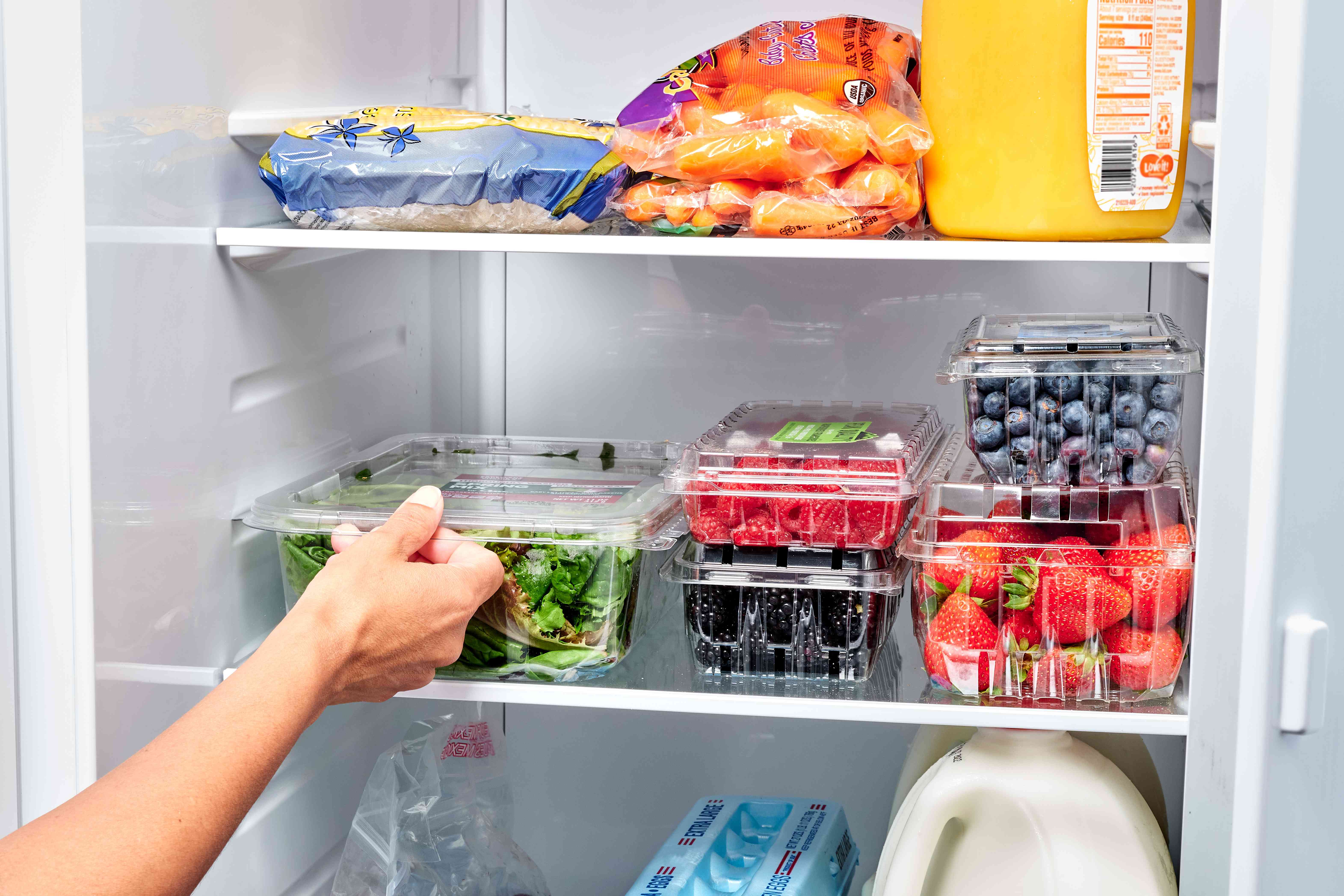
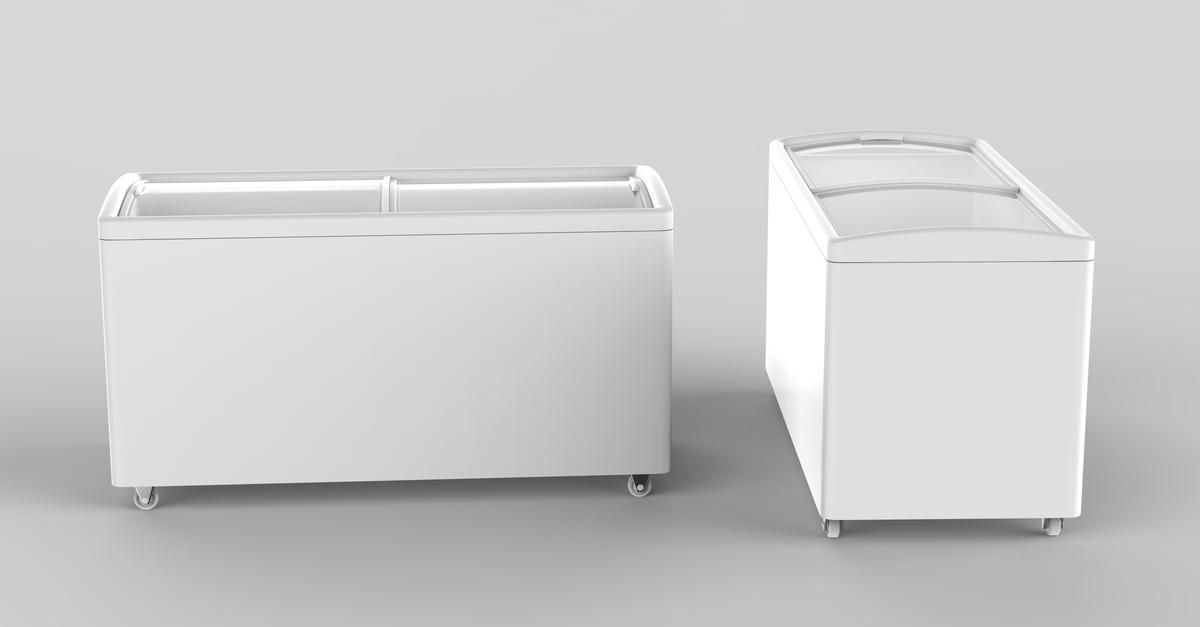
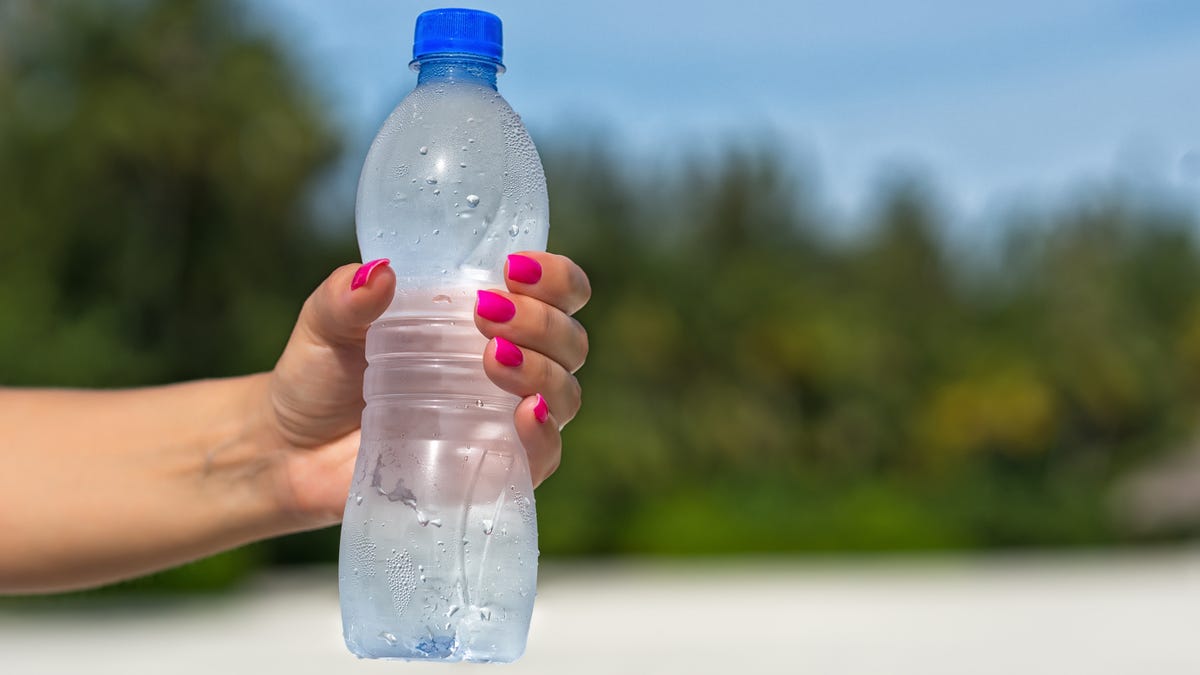
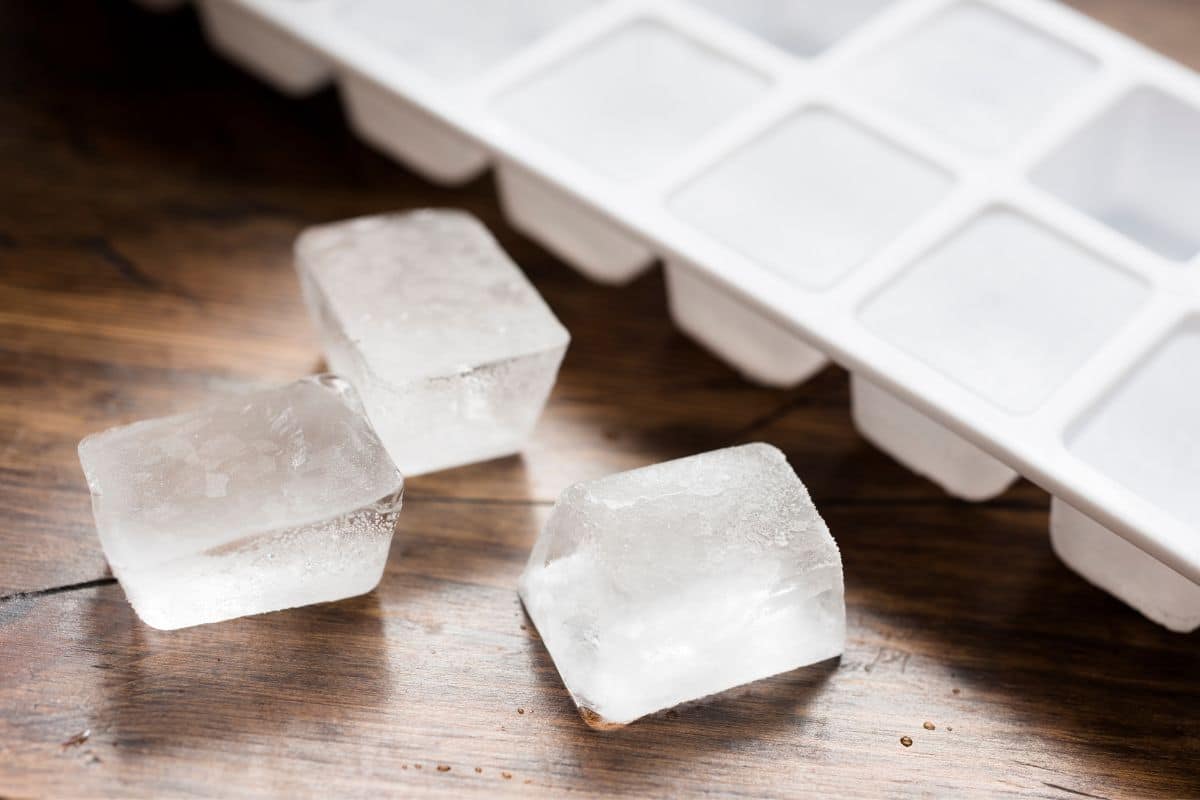
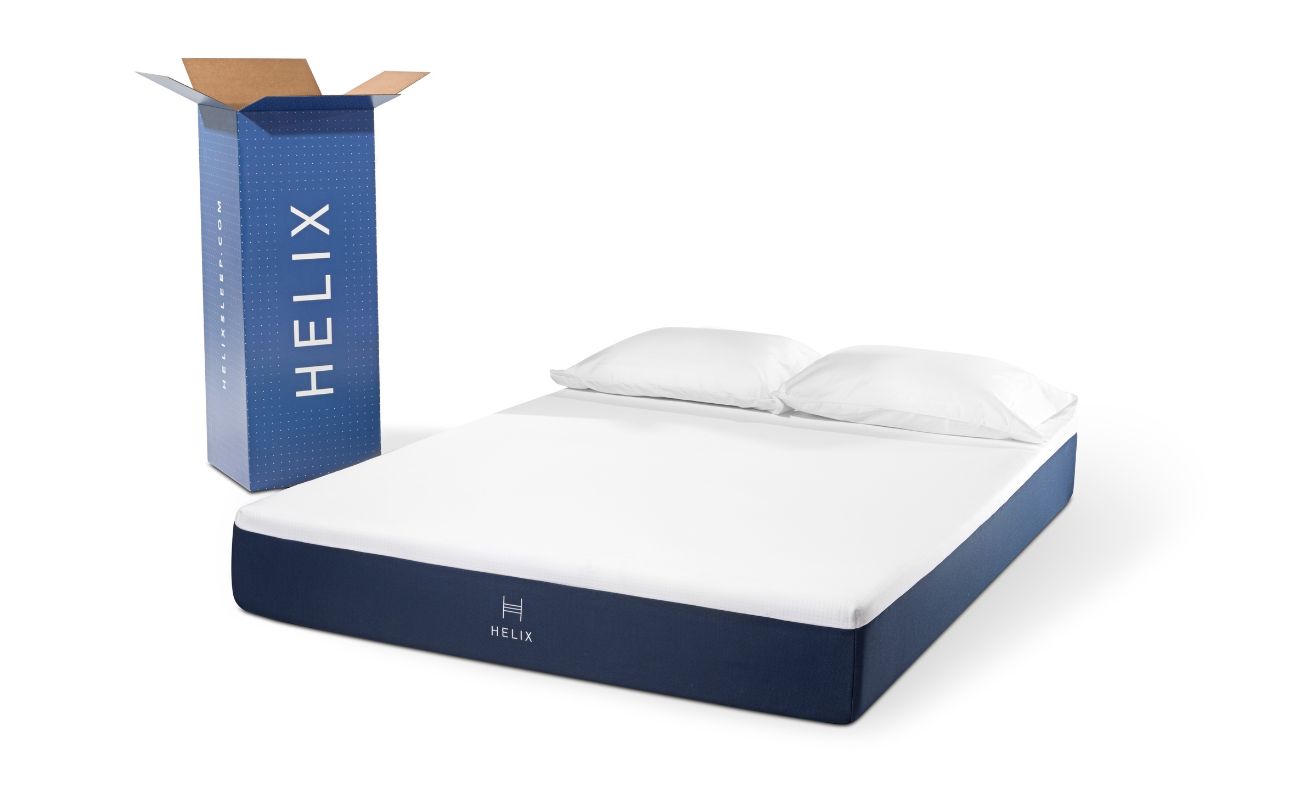
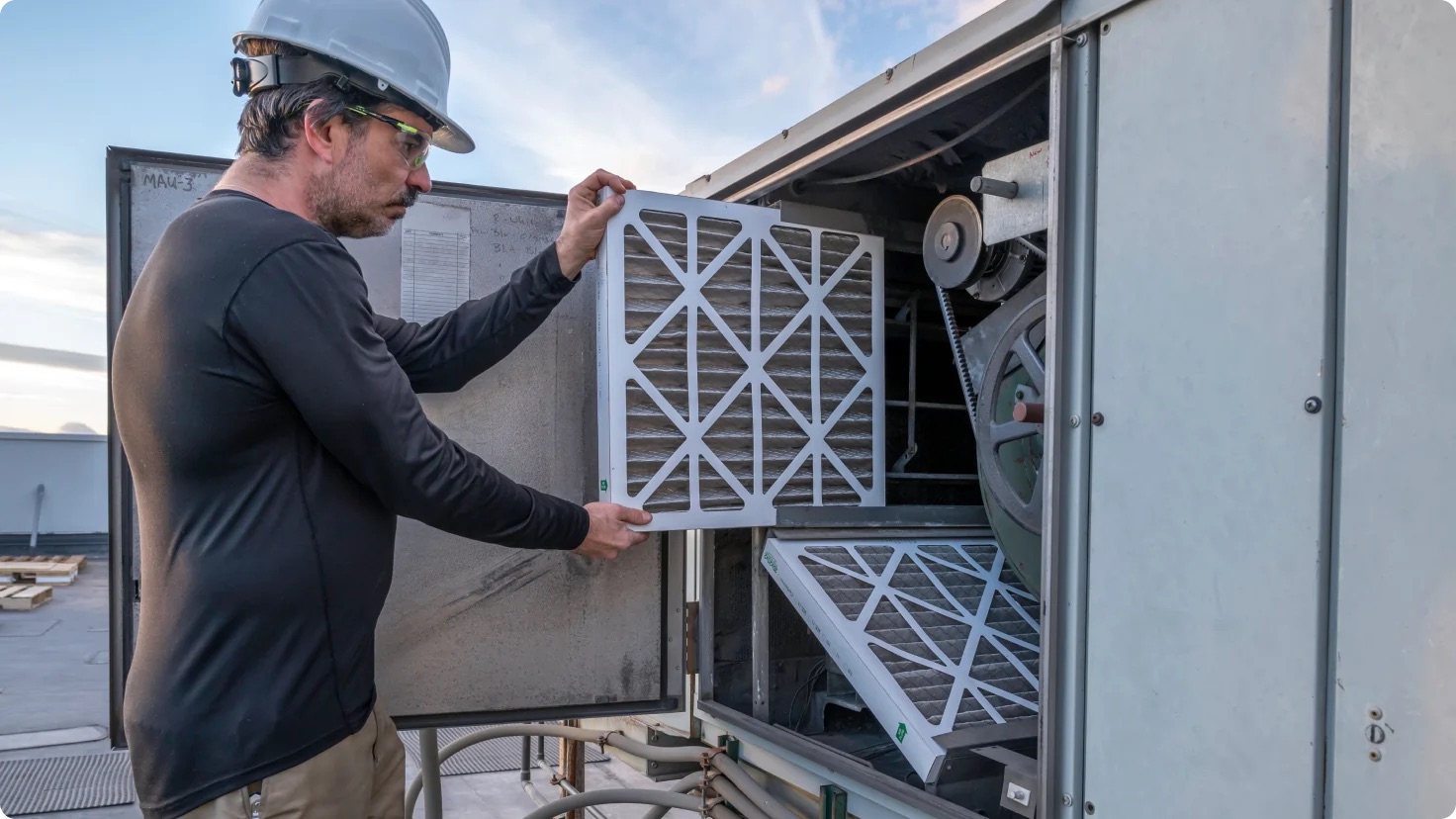
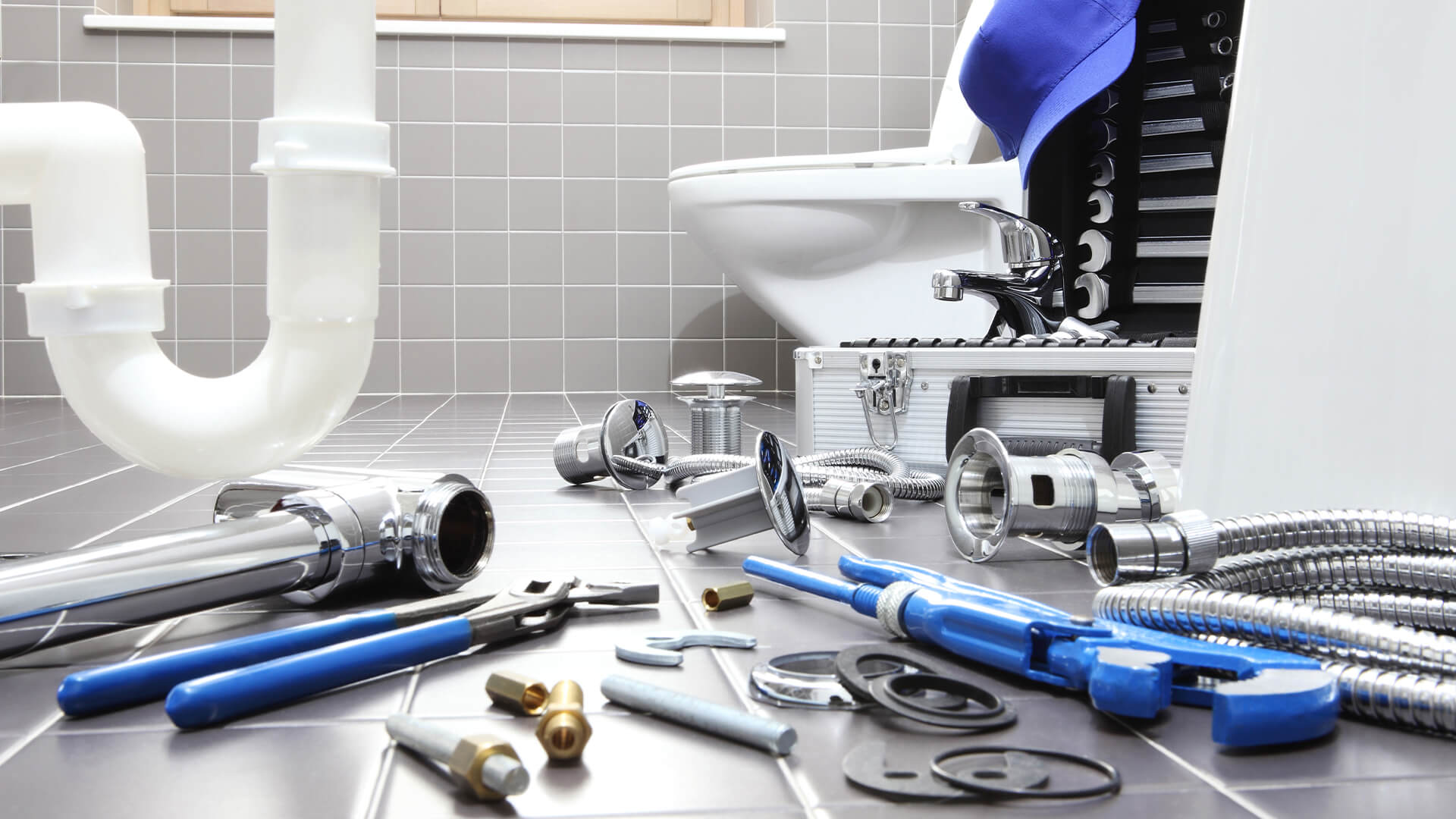
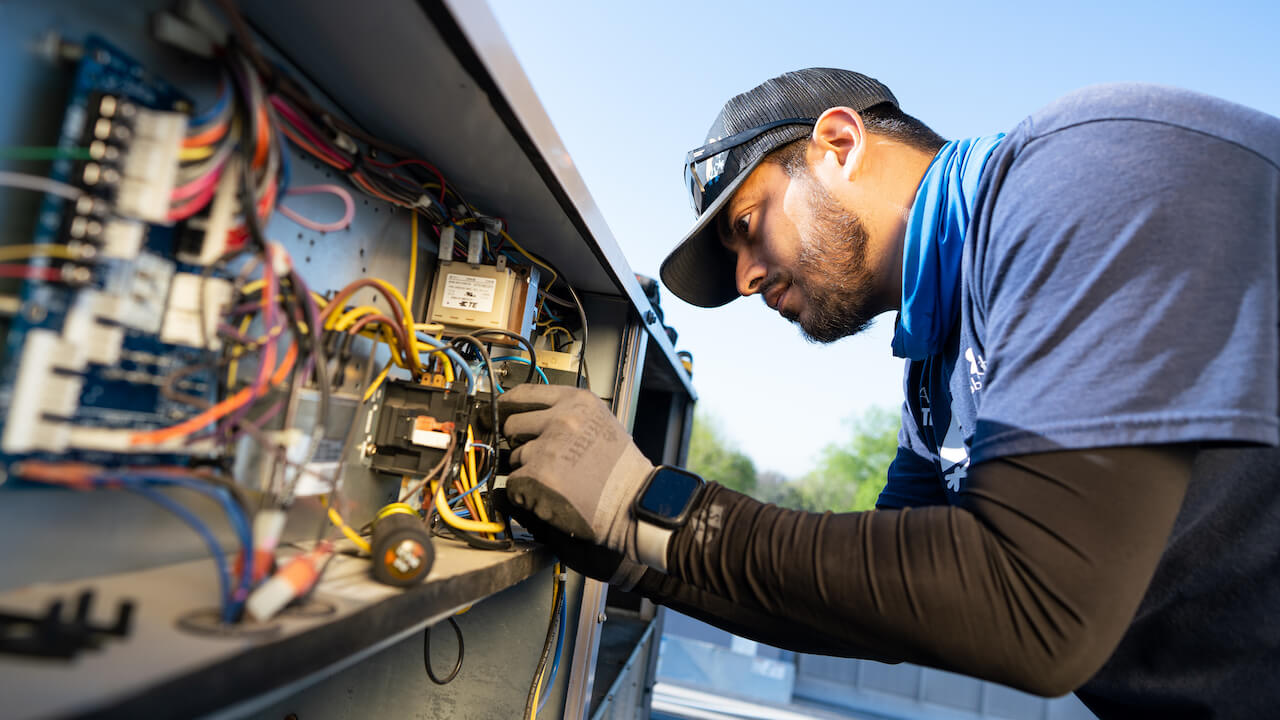
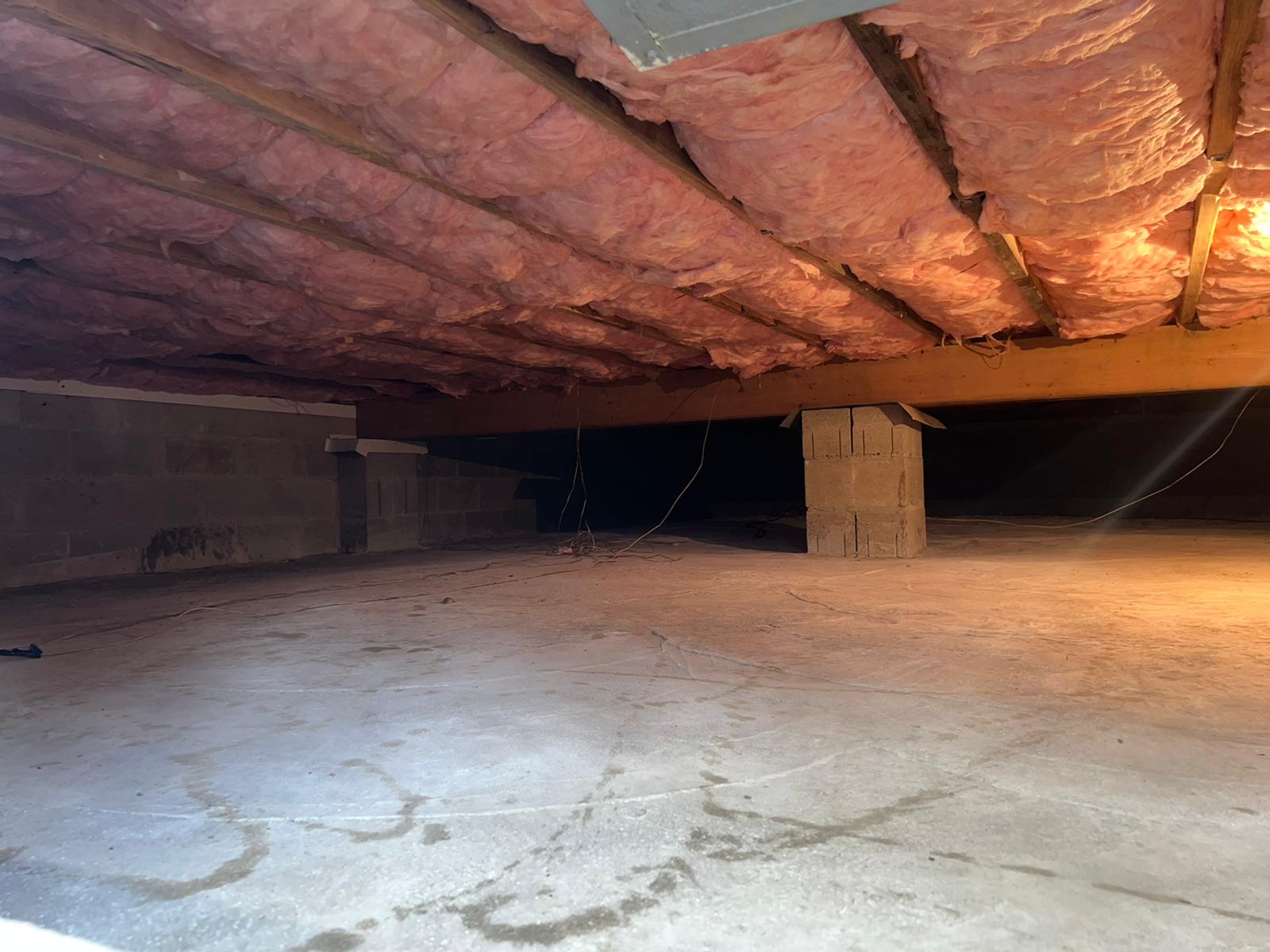
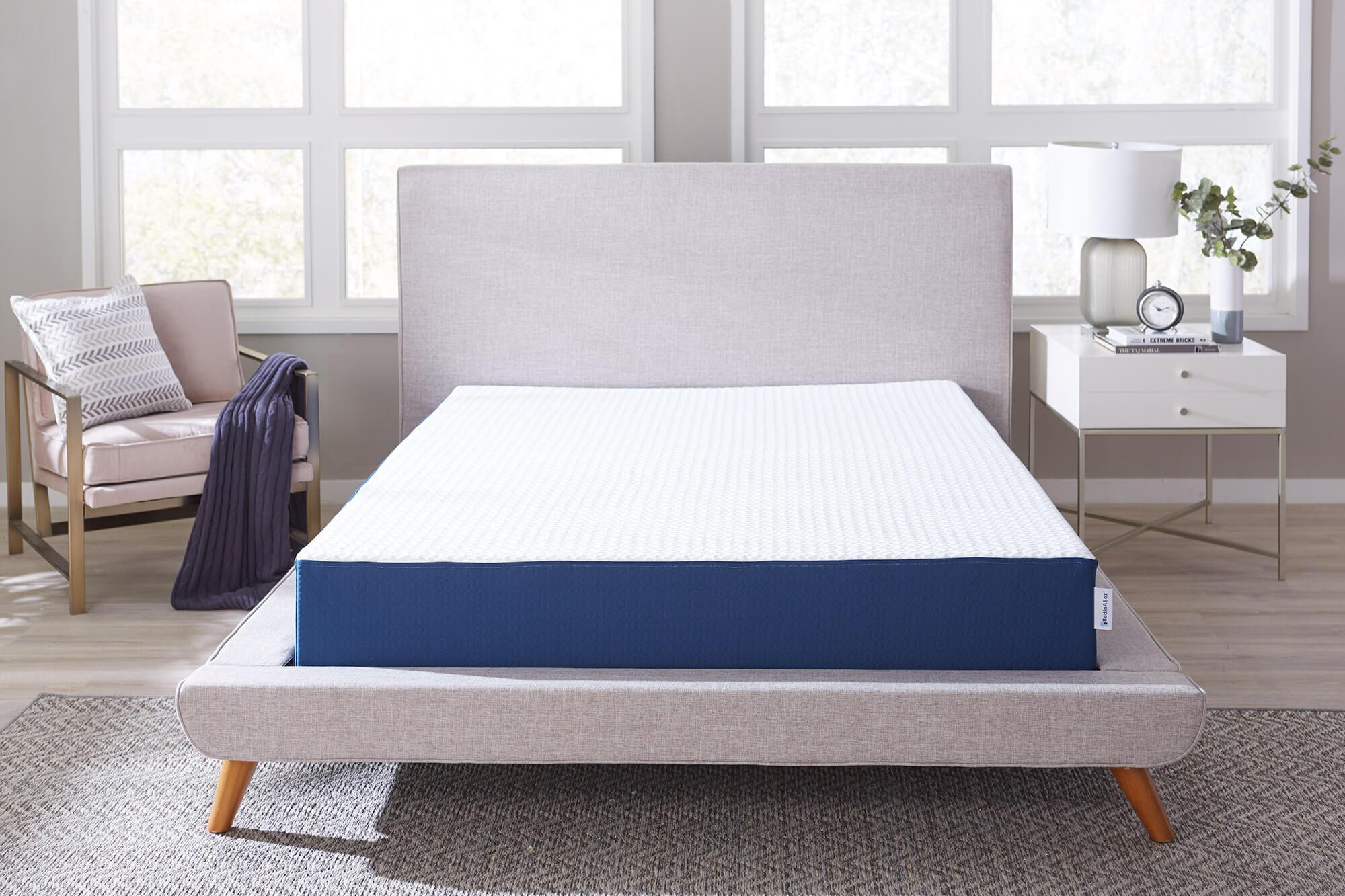
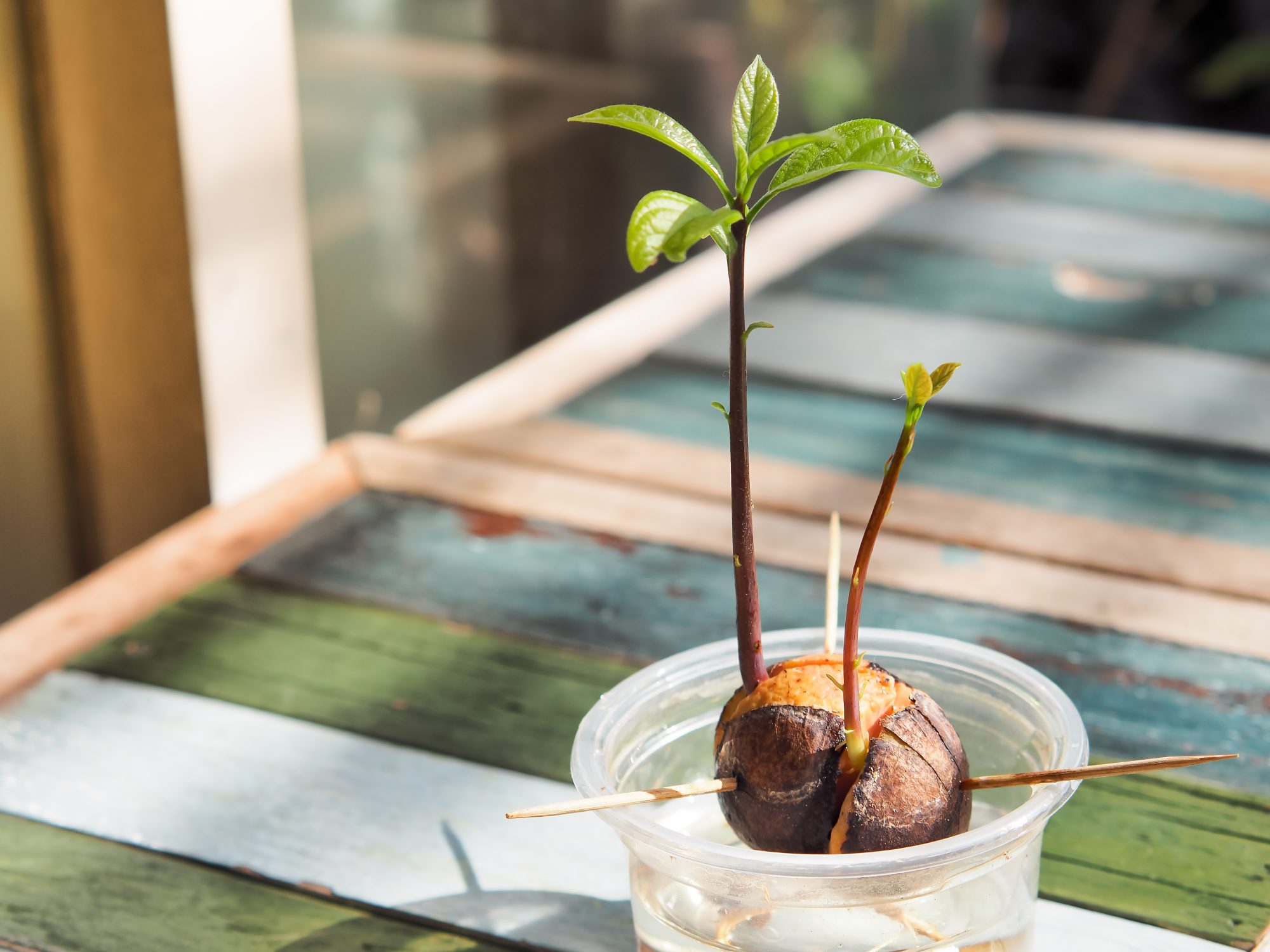

0 thoughts on “How Long Does It Take For Freezer To Get Cold”